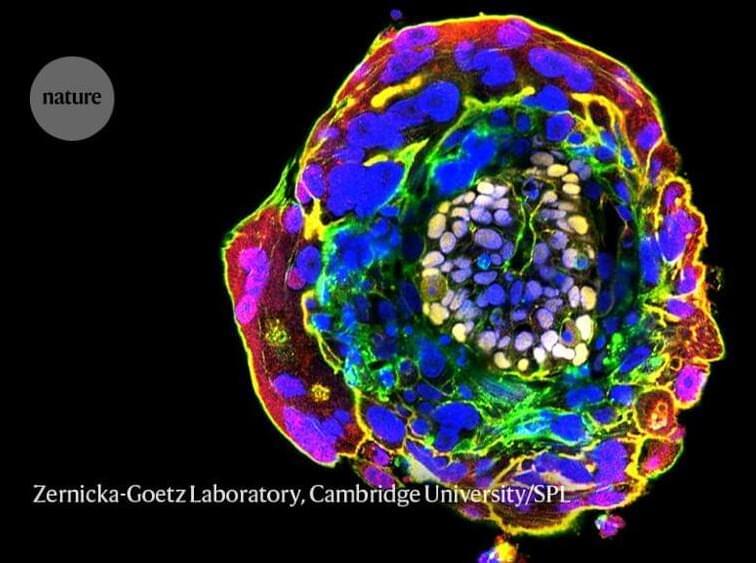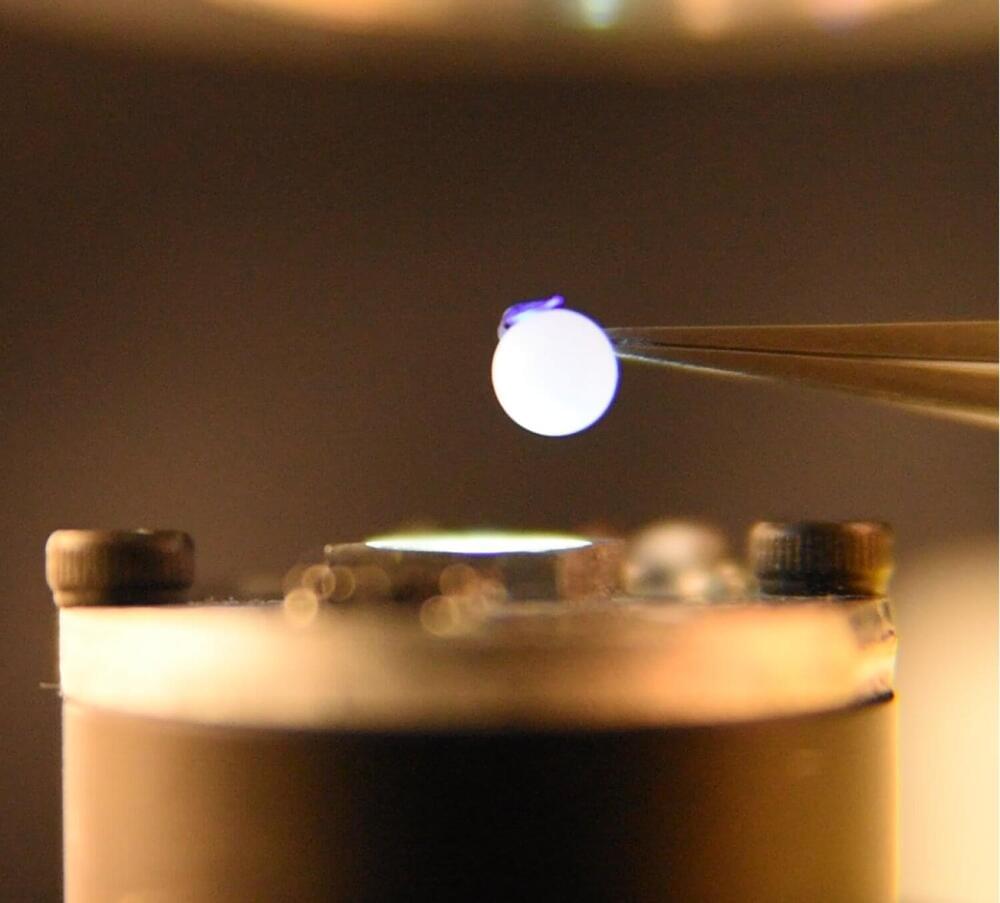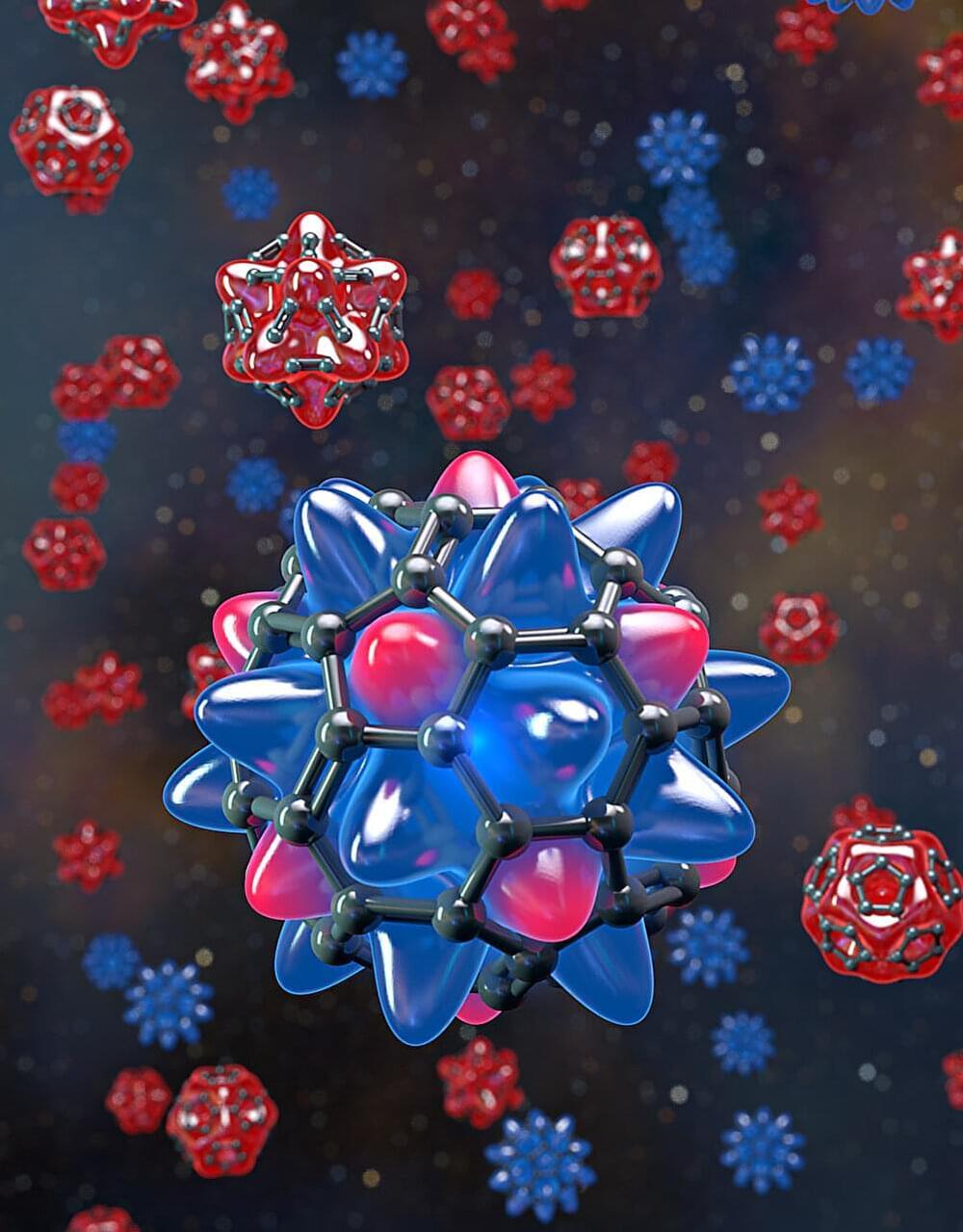Aug 19, 2023
A 77-year-old talks to an AI-companion robot called ElliQ over a dozen times daily to combat her loneliness: ‘It really is like having somebody else in here’
Posted by Kelvin Dafiaghor in categories: biotech/medical, robotics/AI
Hundreds of elders are using an AI-powered robot to combat their loneliness — and it appears to be offering companionship to one New Yorker getting daily breast cancer treatments.
Priscilla O’Kesson, a 77-year-old, told Spectrum News she has been using ElliQ, an AI-powered robot made by Israeli startup Intuition Robotics, to keep her company at her home in a town in Greene County called Catskill.
The AI-robot, designed to help older adults age on their own, uses voice commands and on-screen instructions to talk to and interact with users in real-time. ElliQ can conduct daily check-ins, act as a personal trainer, play games to stimulate the brain, and track their wellness goals, according to the robotics company.

















